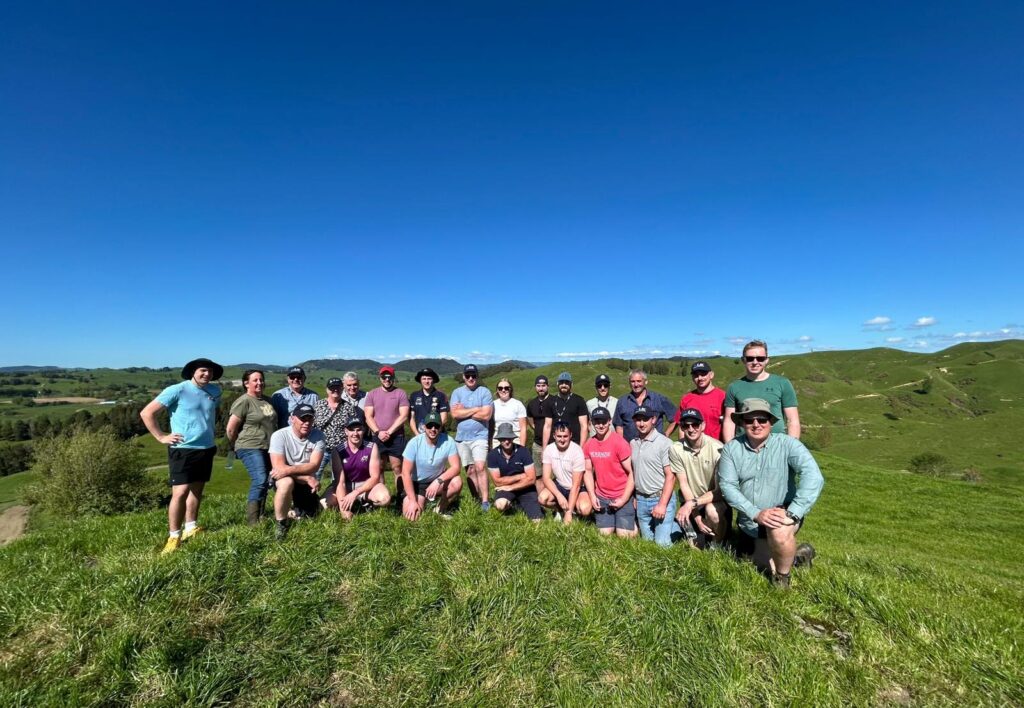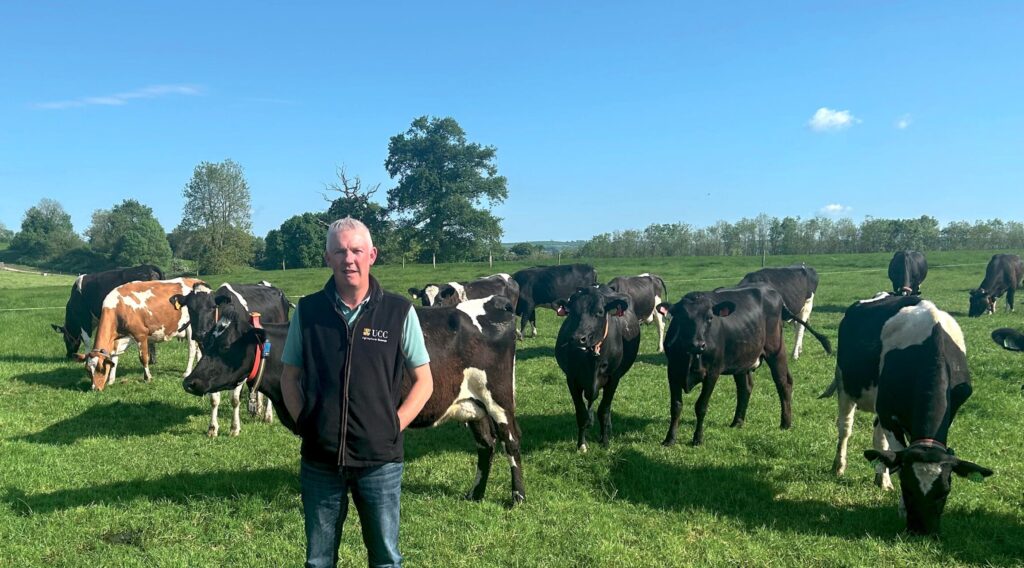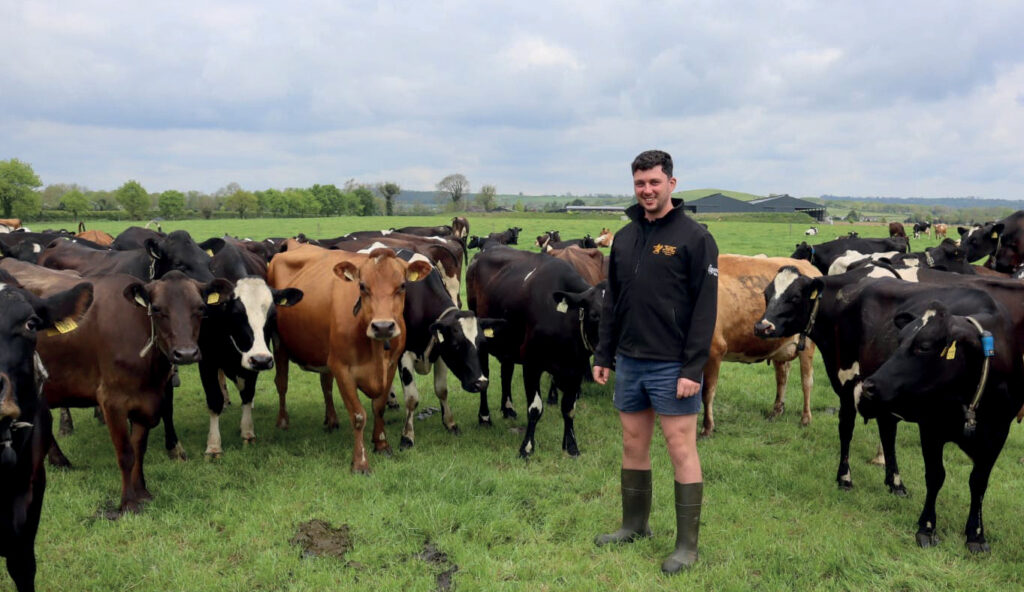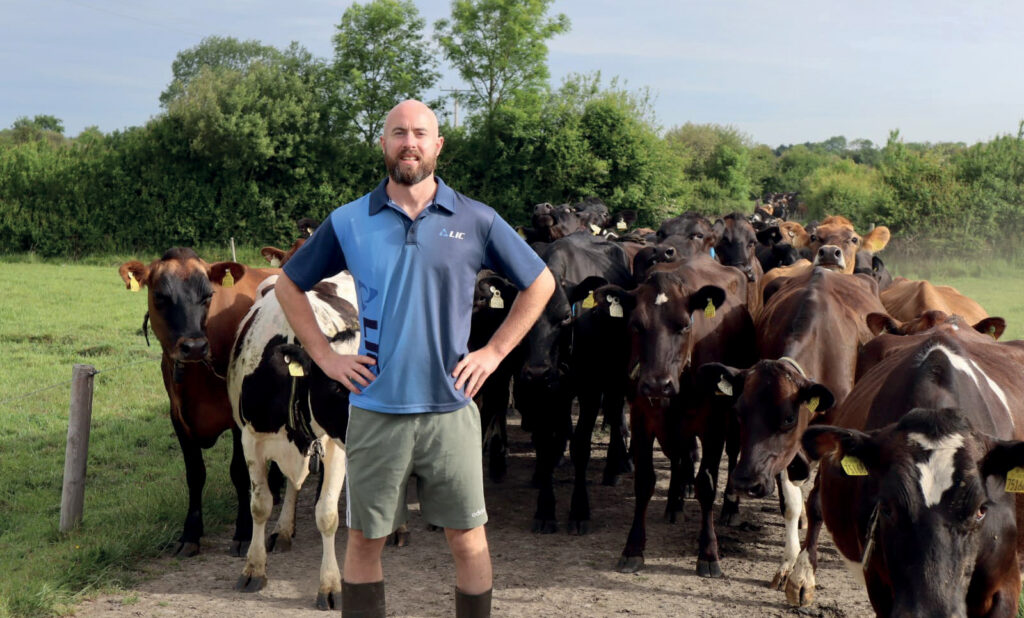It can be a matter of preference, tradition or external influences. For us, it’s simple. We need to capitalise on our greatest natural advantage—grass—and a cow well-suited to that purpose.
Efficiency is key despite the index you use
The ideal cow for Irish grazing systems needs to efficiently deliver a high amount of milk solids per kilogram of liveweight, with very little fuss, while quickly getting back in calf each year. Breeding Worth (BW) is designed to create this cow.
Similarly, Ireland’s Economic Breeding Index (EBI) was developed with a comparable objective. While there are some differences between the two indexes, they both strive to breed a cow suitable for a grazing system. In theory, a bull that ranks highly on BW should also rank well under EBI. Frustratingly, due to differences in how the data is handled, LIC bulls are not achieving the EBI rankings their New Zealand data suggests they should.
Interestingly, we see evidence of the suitability of LIC genetics for Irish systems through the performance of LIC-bred daughters. As they complete more lactations and additional data becomes available, their EBI ranking tends to rise. This is reflected in co-op performance reports of longstanding LIC customers. The farmers are generally breeding five-star EBI herds from one-star bulls.
See the proof in the paddock at our Cross-share events
Over recent months, LIC Ireland and longstanding LIC customers have hosted what we call Cross-share events to highlight the benefits of using LIC genetics.
The events take place on-farm and the host farmer invites other farmers, such as neighbours or members of discussion groups, to join the day. We discuss the farm’s performance and future plans for genetic improvement, while encouraging questions and engagement between LIC and farmers.
Conversations usually focus on what makes the farm more profitable, easier to run and successful year-after-year. Genetics play a significant role in achieving these goals, which is reflected in the farm data.
Holding these meetings on-farm is essential, as it allows you to see the cows and assess their quality genetics firsthand. LIC-bred stock consistently stand out for traits like capacity, udder quality, strong feet, and good stature—key characteristics for robust, grazing-suitable animals that are often overlooked.
The data speaks for itself
To evaluate how LIC bred cows perform compare to their peers in the herd, we conduct comparison work using farm data. Cows are grouped by lactation and, within each group, evaluated based on two main criteria:
1. Whether or not the cows have NZ genetics in their pedigree
2. The breed split of the cows (ie. percentage of Jersey).
The beauty of this work is that farmers can clearly see where the data comes from, making the process very transparent.
Many of the herds include cows with both LIC and Irish genetics across all lactations, providing a strong sample populations for fair and meaningful comparisons. This comparison work is especially valuable because all cows are under the same management and treated exactly the same within the herd. This allows us to accurately determine what cohort of cows are performing best for an individual farmer.
Table 1 below shows the results from one of the herds included in the comparison work—Joe Leonard’s farm in Co. Meath. Each group demonstrated that the further the genetics moved away from New Zealand lines, the less efficient the cows became. Likewise, the proportion of Jersey genetics had a significant impact on efficiency, particularly in terms of kilograms of milk solids per kilogram of liveweight. importantly, this trend was consistent across nearly all farms involved in the Cross-share events over the past year.
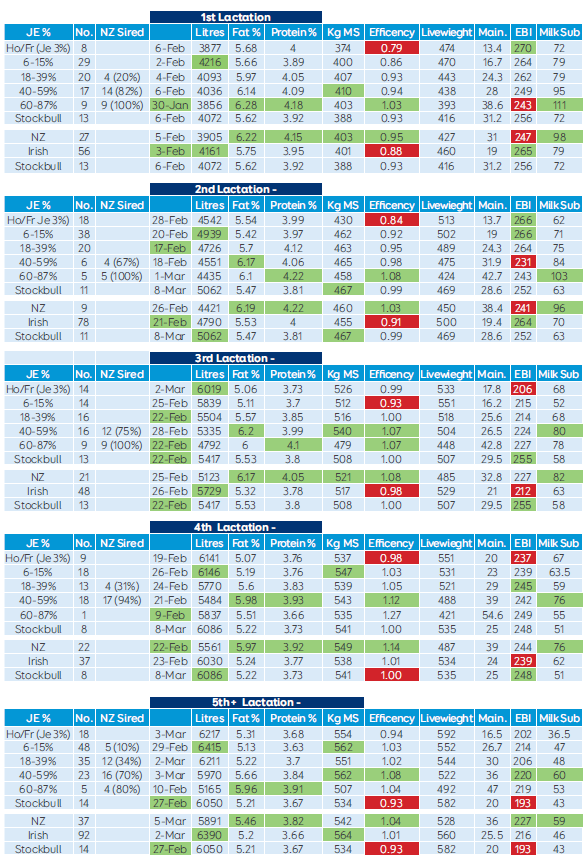
The feedback from our Cross-share events was extremely positive. For some farmers, it validated their current choices and gave them greater confidence to continue using LIC genetics. For others it made them realise that they needed to reassess their approach.
From our perspective, the information farmers shared with us about what they would like to see from LIC going forward was enlightening. Ultimately, LIC’s goal is to help farmers improve their herds, increase on-farm profitability, and enhance work-life balance. The cross-share events provided valuable insights into how we can deliver even more meaningful support to our customers.
We plan to continue these Cross-share events over the next twelve months.
Please get in touch if you’re interested in having LIC visit your farm to help host a Cross-share.
